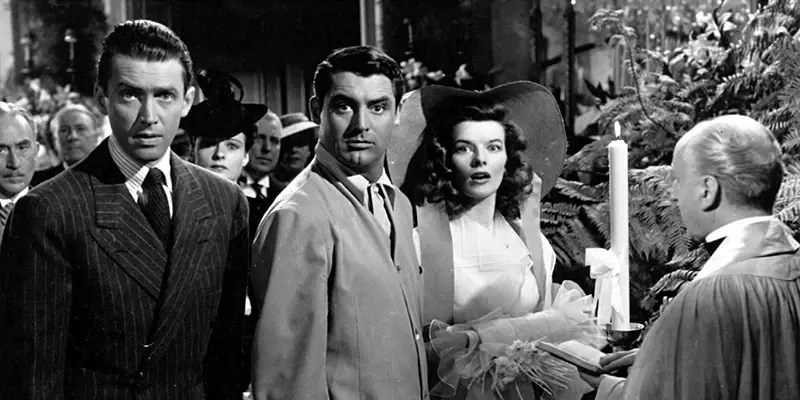1930s

Kenji Mizoguchi’s The Story of the Last Chrysanthemum follows Kikunosuke and Otoku, a young couple in late 19th Century Japan. Kikunosuke is the adopted son of a famous kabuki house, and an emerging kabuki actor; Otoku is one of his family’s servants. Most people, including his adopted father, think Kikunosuke is no good as an actor, but they only criticize him behind his back.

German silent cinema of the 1920’s produced some of the most influential directors in the art of film making. Most directors and screenwriters working during this period were highly influenced by the German Expressionism art movement. Directors displayed Expressionism art in their films by presenting a distorted reality, which showed the inner turmoil of the characters.



